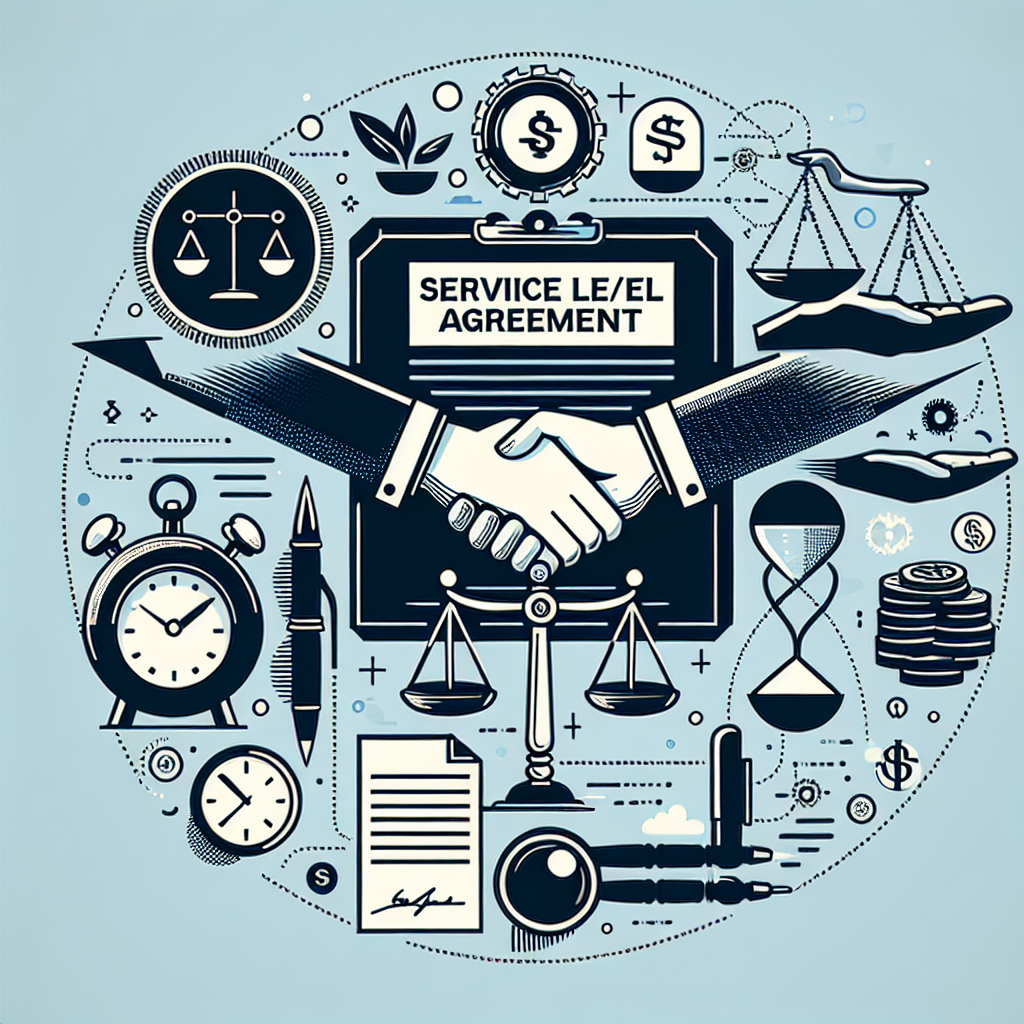Service Level Agreements (SLAs) are an essential part of any business relationship, especially in the realm of service providers and clients. An SLA is a contract between a service provider and a client that outlines the level of service that the provider will deliver, as well as the metrics that will be used to measure that service.
Understanding SLAs is crucial for businesses to ensure that they are getting the level of service they expect from their service providers. Here is a guide to help businesses understand SLAs:
1. What is an SLA?
An SLA is a formal agreement between a service provider and a client that outlines the services to be provided, the level of service that will be delivered, and the metrics that will be used to measure that service. It typically includes details such as response times, resolution times, availability, and performance indicators.
2. Why are SLAs important?
SLAs are important because they set clear expectations for both the service provider and the client. By outlining the level of service that will be delivered and the metrics that will be used to measure that service, SLAs help to prevent misunderstandings and disputes between the two parties.
3. Key components of an SLA
Some key components of an SLA include:
– Service description: A detailed description of the services to be provided.
– Service level objectives: The level of service that will be delivered, including response times, resolution times, availability, and performance indicators.
– Metrics: The specific metrics that will be used to measure the level of service, such as uptime, response times, and customer satisfaction.
– Responsibilities: The responsibilities of both the service provider and the client in meeting the SLA.
– Escalation procedures: Procedures for escalating issues that are not resolved within the agreed-upon timeframe.
4. Monitoring and reporting
Monitoring and reporting are essential components of an SLA. Both the service provider and the client should regularly monitor the metrics outlined in the SLA to ensure that the level of service is being delivered as agreed. Reporting on these metrics can help to identify any issues and track the performance of the service provider.
5. Reviewing and revising
SLAs should be regularly reviewed and revised to ensure that they remain relevant and effective. As business needs and technologies evolve, SLAs may need to be updated to reflect these changes. Regular reviews can help to identify any issues and make necessary adjustments to the agreement.
In conclusion, understanding SLAs is crucial for businesses to ensure that they are getting the level of service they expect from their service providers. By outlining the services to be provided, the level of service that will be delivered, and the metrics that will be used to measure that service, SLAs help to prevent misunderstandings and disputes between service providers and clients. Regular monitoring, reporting, and reviewing of SLAs can help to ensure that the agreement remains relevant and effective.


Leave a Reply